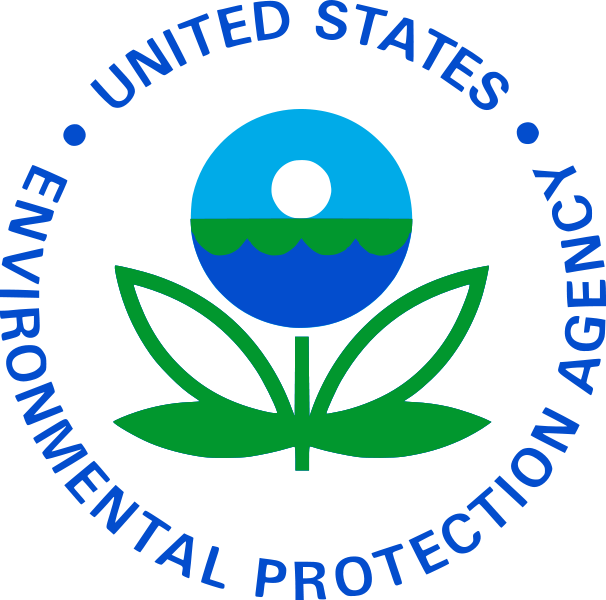 On February 25, 2016 the Environmental Protection Agency (EPA) announced proposed changes to the Accidental Release Prevention Requirements of Risk Management Plan (RMP) that fall under the Clean Air Act. These proposed changes are intended to make those requirements fall more closely in line with President Obama’s Executive Order on Improving Chemical Facility Safety and Security from 2013, which directs the federal government to
On February 25, 2016 the Environmental Protection Agency (EPA) announced proposed changes to the Accidental Release Prevention Requirements of Risk Management Plan (RMP) that fall under the Clean Air Act. These proposed changes are intended to make those requirements fall more closely in line with President Obama’s Executive Order on Improving Chemical Facility Safety and Security from 2013, which directs the federal government to
- improve operational coordination with state and local partners;
- enhance Federal agency coordination and information sharing;
- modernize policies, regulations and standards; and
- work with stakeholders to identify best practices.
In order to identify the necessary changes to propose in order to update the Risk Management Plan, the EPA invited small businesses and nonprofit organizations to participate in a Small Business Advocacy Review (SBAR) panel. The panel proposed that the EPA consider streamlining independence requirements for small businesses and limit independence criteria to individuals rather than entire companies, among other things.
The updated proposed changes include provisions for
- An additional requirement for the process hazard analysis (PHA) required for Program 3 processes,
- Enhancements to the emergency preparedness requirements,
- Increased public availability of chemical hazard information, and
- Several other changes to certain regulatory definitions and data elements submitted in the RMPs.
Updating these regulations should allow the RMP to become a better tool for improving overall chemical production safety and for helping first responders.
“This proposal is a step in the right direction,” Mathy Stanislaus, EPA assistant administrator for the Office of Land and Emergency Management, said in an EPA blog post. “We want to build on the success of leaders in the chemical industry by enhancing their operations to prevent accidents, and we want to make sure that communities are fully prepared for a chemical plant accident, so that first responders, workers, and neighboring community members are protected.”








